Under the skyscrapers and crowded streets of America’s biggest cities lies a hidden crisis. New satellite studies show that big cities from New York to Houston are subsiding at a catastrophic rate, threatening thousands of buildings and essential infrastructure. Guilty parties? Over-extraction of groundwater, the force of heavy urbanization, and even prehistoric shifts in the earth. Unless checked, this slow-motion slide risks inducing structural damage, aggravating floods, and remaking the future of city life.
The Silent Crisis: Why America’s Cities Are Sinking Faster Than Expected
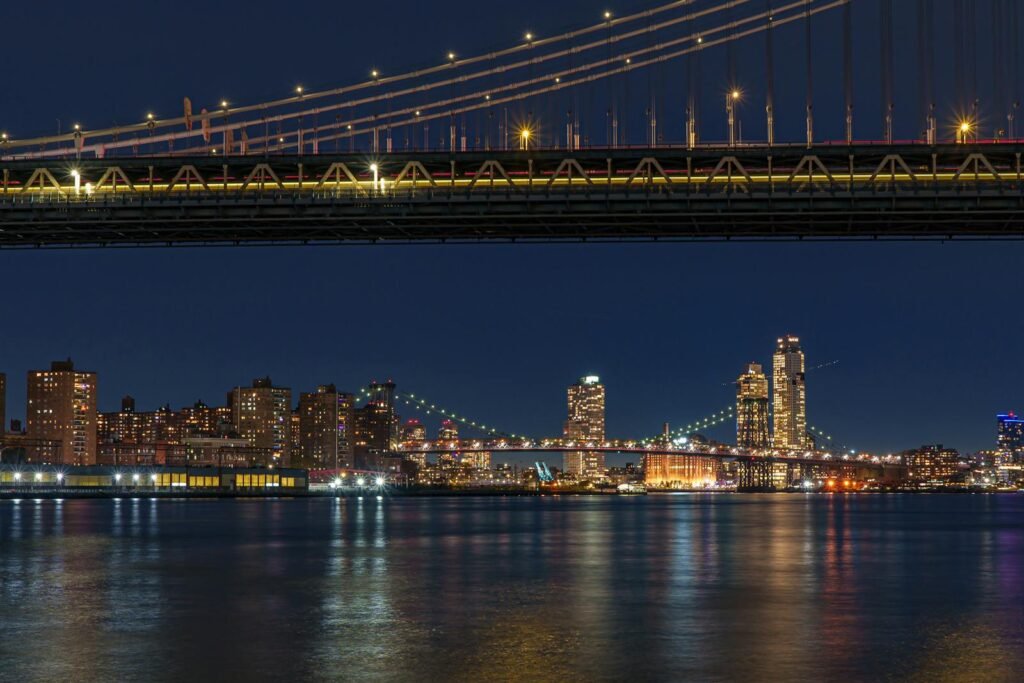
When researchers analyzed satellite data tracking ground movement millimeter by millimeter, they expected minor shifts but not the widespread subsidence they found. A study published in Nature Cities reveals that all 28 major U.S. cities examined are sinking, with some areas dropping as fast as two inches per year.
“We did not expect to see such widespread land subsidence,” says Manoochehr Shirzaei, a geophysicist at Virginia Tech and co-author of the study. The worst-hit cities include Houston, New Orleans, and San Diego, where uneven sinking is already cracking roads, destabilizing foundations, and exacerbating flood risks.
Houston’s Hidden Crisis: The Fastest-Sinking City in America
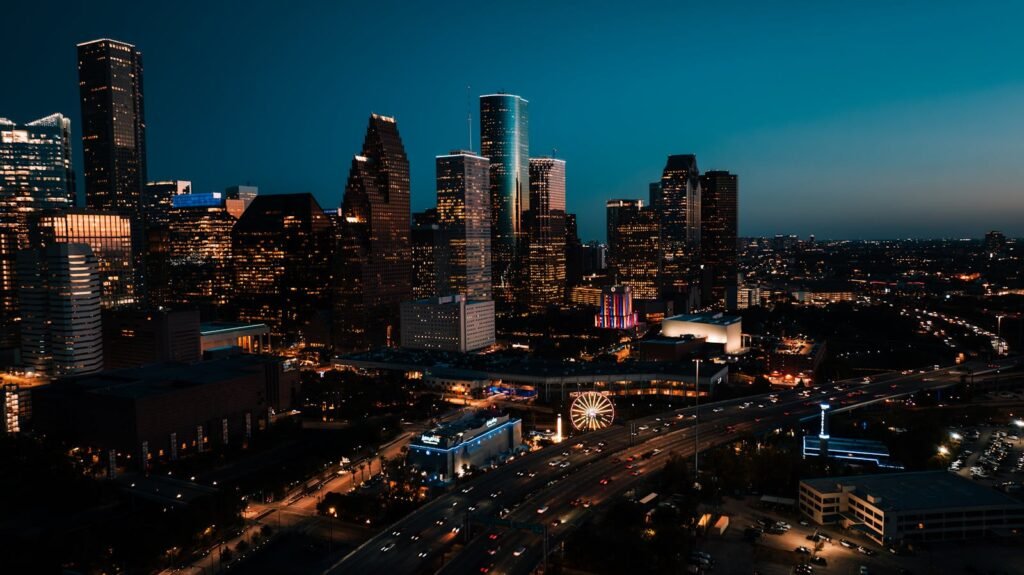
Houston tops the list, with 40% of its land sinking at five millimeters per year and some areas collapsing ten times faster. This isn’t just a geological oddity; it’s a growing disaster.
During Hurricane Harvey, subsidence worsened flooding in unexpected neighborhoods, leaving standing water where none had been before. The issue? Over-extraction of groundwater by agriculture and city use is dewatering buried aquifers, compressing overlying ground similar to a collapsed balloon.
Uneven Sinking: The Hidden Threat to Buildings and Bridges
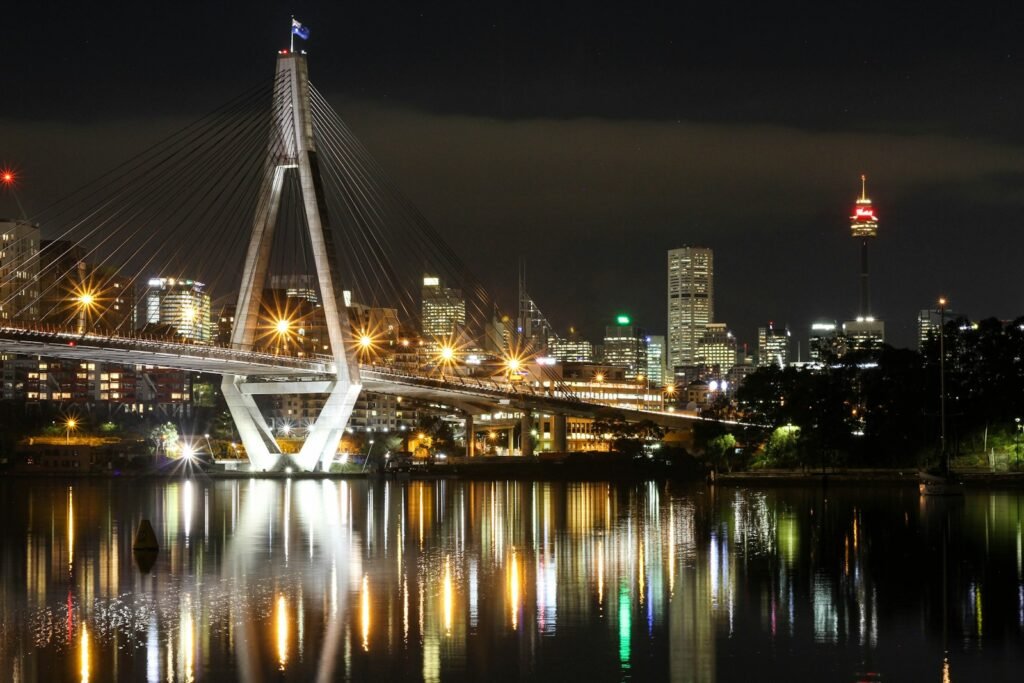
It’s not all subsidence being created equal and that is the true peril. When the corner of a structure subsides faster than another corner, foundations can crack, walls lean, and bridges sag.
At New Orleans’ Louis Armstrong International Airport, differential subsidence has already ruptured taxiways, leaving massive puddles that disrupt operations. In coastal cities like Miami and New York, this slow descent compounds with rising sea levels, turning minor floods into major disasters.
“Subsidence alone might not collapse a building,” Shirzaei warns, “but combine it with floods, storms, or poor construction, and the results could be deadly.”
29,000 Buildings at Risk And the Hotspots Cities Must Fix Now
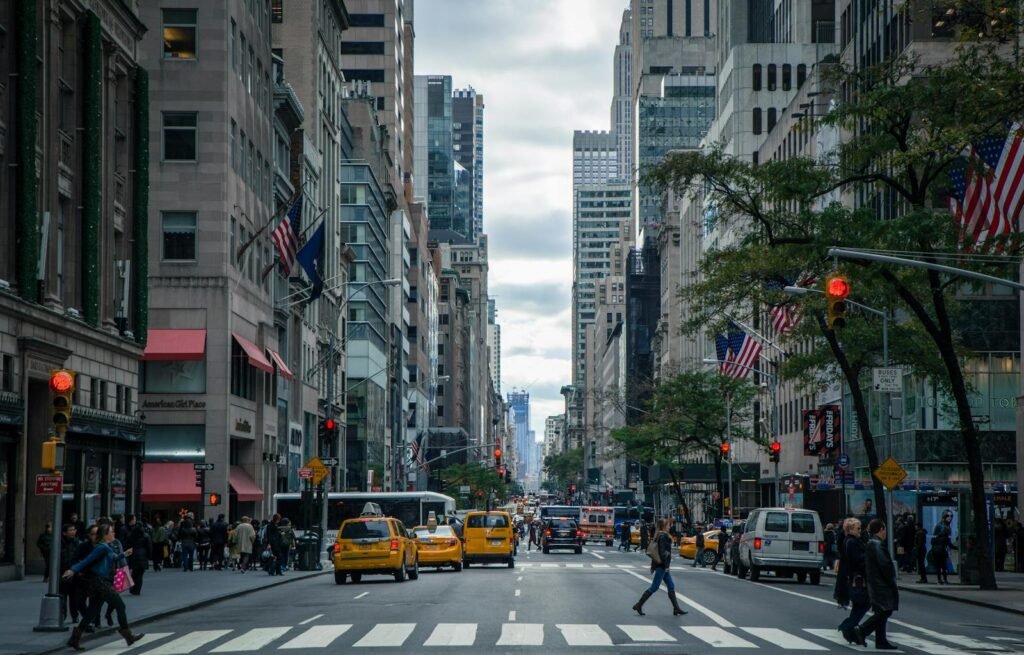
The research identifies 29,000 buildings at risk, which are found in localized but key areas. Although merely 1% of urban areas are impacted, these hotspots put infrastructure such as power stations, highways, and hospitals under threat.
Leonard Ohenhen, the study’s lead author, urges cities to act: “These areas need immediate attention, stronger building codes, reinforced foundations, and better groundwater management.” Targeted fixes now could prevent catastrophic failures later.
The Culprits: How Humans Are Making the Problem Worse
Groundwater Extraction
The largest culprit? Over-pumping water from the ground. Urban areas such as Phoenix and Los Angeles are dependent upon aquifers, but with not enough rain to top them off, the earth caves in.
Oil and Gas Drilling
In Texas, fracking and oil extraction deflate the land like a punctured tire.
The Weight of Cities Themselves
A 2023 study found that New York City’s skyscrapers are pushing the ground downward adding millimeters of sinkage per year.
Ancient Ice Sheets & Modern Vibrations
Even 10,000-year-old glacial shifts are still settling, affecting cities like Chicago and Philadelphia. Meanwhile, construction vibrations in Miami and urban heat in Chicago may be accelerating the problem.
Can Cities Stop the Sink? Solutions Before It’s Too Late

The good news? Subsidence can be slowed or even reversed.
- Regulating groundwater use (as seen in California’s 2014 Sustainable Groundwater Management Act)
- Replenishing aquifers with treated wastewater
- Shifting to desalination in coastal cities
- Reinforcing foundations in high-risk zones
Cities like Tokyo and Venice have successfully reduced subsidence through strict policies proof that action works.
A Wake-Up Call: What Happens If We Do Nothing?
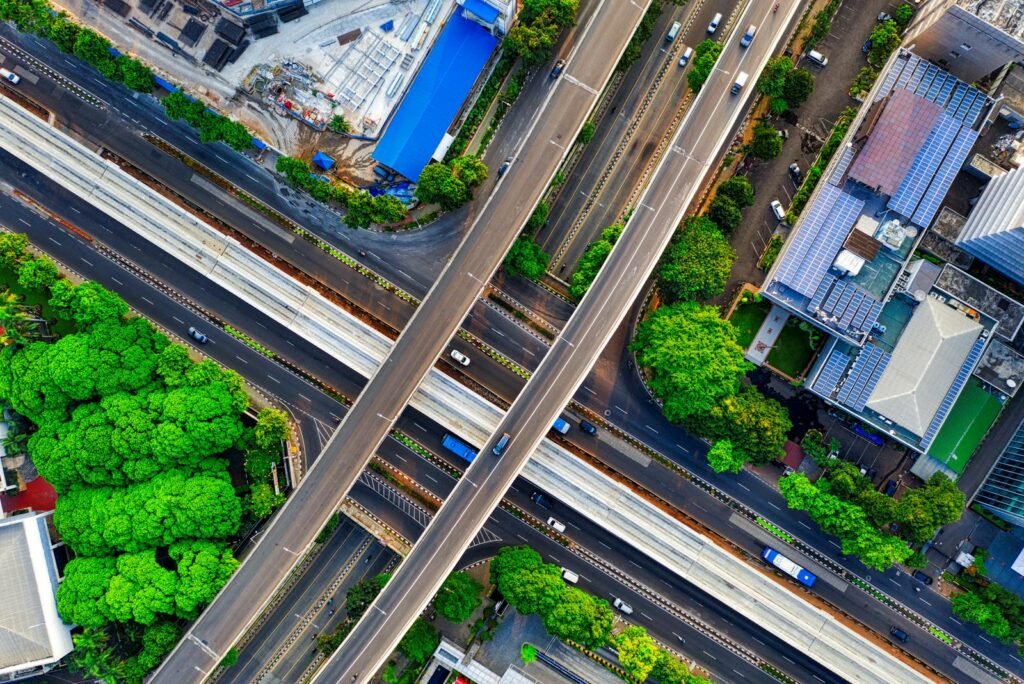
If urban areas do nothing about this crisis, the ramifications will be harsh:
- More frequent and severe flooding (especially in coastal cities)
- Billion-dollar infrastructure damage (roads, pipelines, subway systems)
- Structural failures in aging buildings
- Legal battles over property damage
The clock is ticking. As Shirzaei puts it: “This isn’t a future problem, it’s happening now.”
Final Thought: Will America’s Cities Adapt Or Collapse?
The data is clear: The ground beneath us is shifting, and business-as-usual won’t stop it. The question isn’t if cities will act but when, and whether it’ll be soon enough to avert disaster.
Sources :

Jan loves Wildlife and Animals and is one of the founders of Animals Around The Globe. He holds an MSc in Finance & Economics and is a passionate PADI Open Water Diver. His favorite animals are Mountain Gorillas, Tigers, and Great White Sharks. He lived in South Africa, Germany, the USA, Ireland, Italy, China, and Australia. Before AATG, Jan worked for Google, Axel Springer, BMW and others.




